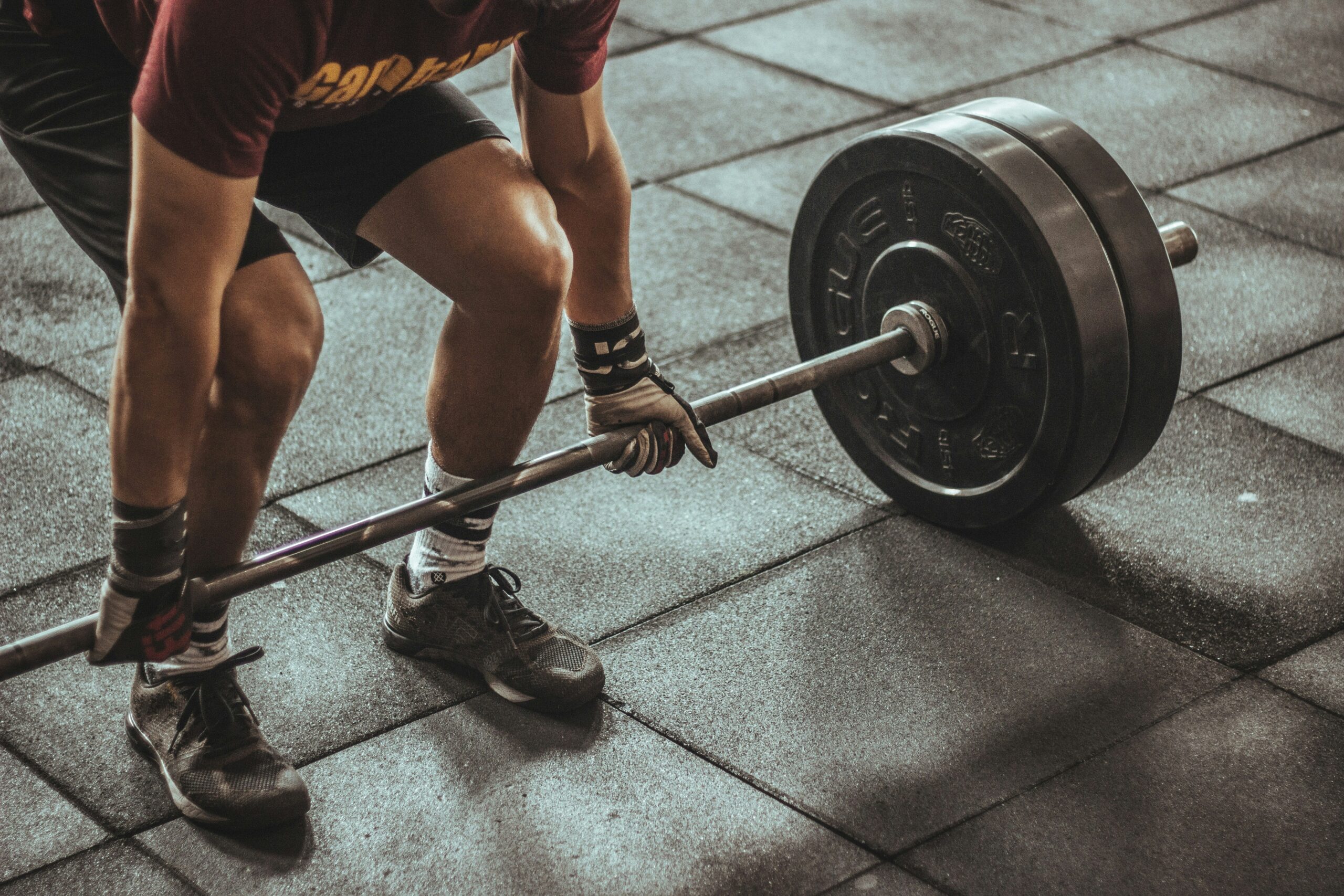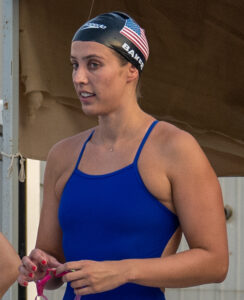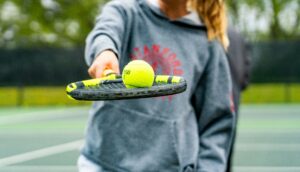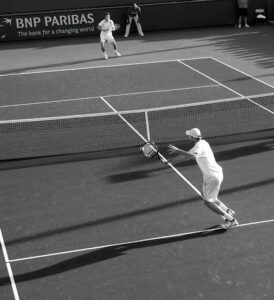High school basketball is fast and physical. Players jump, sprint, stop, and change direction all game long. If your body isn’t strong enough, you’ll get pushed around, or worse, hurt. That’s where strength training comes in. It helps you build muscle, absorb contact, and stay healthy through the season.
But here’s the thing: not every workout you see online is built for basketball. A solid routine for high school players should match what happens on the court. You want to get stronger, but also faster and more mobile, not bulky or stiff.
This post walks through what a good strength routine looks like for high school basketball players. It covers how often to lift, which exercises matter, and how to stay safe. If you’re serious about basketball, a good strength plan can make a real difference.
Train for Strength, Not Size
A common mistake? Focusing too much on muscle size. Basketball players need strength that focuses on the right areas and helps them perform.
This means using compound movements. These are exercises that hit more than one muscle group at a time. Think squats, deadlifts, pull-ups, and rows. They help build strength that actually shows up on the court. Isolating muscles (like doing endless bicep curls) won’t give you the same return.
Focus on getting stronger in the 4–8 rep range. You don’t need to lift super heavy, but you do need to challenge yourself. And always keep good form, especially during big lifts. Bad habits lead to injuries.
Focus on Movement
In basketball, your body is always in motion. You’re rarely sitting still or pushing against something like a weight machine. That’s why your workouts should train movement patterns. Target the muscles that are crucial for running, jumping, and shooting.
Here are a few movement-based exercises that fit well:
- Front squats – Build leg strength and core control
- Trap bar deadlifts – Safer on the back, great for power
- Push-ups and bench press – Train upper body strength for physical play
- Chin-ups or pull-ups – Strengthen your back and grip
- Split squats – Mimic jumping off one leg, build hip strength
Basketball demands lower body, upper body, and core strength. Include a mix of exercises in each category for a well-balanced workout.
Keep It Short, Simple, and Consistent
You don’t need an hour lifting session. In fact, shorter and more focused sessions work better—especially during the season.
During the regular season, aim for 1-2 strength sessions per week. Each one should last 20 to 30 minutes. You can split them into upper/lower body days or use full-body routines. What matters most is sticking with it. For the off-season, you can up the intensity and add more sessions, but make sure to leave openings in the week for rest.
Here’s an example full-body schedule for the off-season:
Strength focus:
- Trap bar deadlift – 4×6
- Chin-ups – 4×6
- Bulgarian split squats – 3×8
- Dumbbell bench press – 3×8
- Core (planks, rollouts) – 3 sets
Speed + Power focus:
- Box jumps – 3×5
- Front squats – 4×6
- Single-leg RDLs – 3×8
- Push-ups – 3×12
- Med ball slams – 3×10
Keep it basic. You’re not trying to be a bodybuilder, you’re trying to move better on the court. Rest between sets and stay well hydrated.
Don’t Skip Mobility and Recovery
Strength is important, but so is staying healthy. Tight hips, stiff ankles, or weak shoulders can lead to injuries, no matter how strong you are.
Don’t skip your warm ups. Before every lift, warm up with dynamic stretches like leg swings, arm circles, and bodyweight squats. After workouts, cool down with static stretching and deep breathing.
Recovery matters too. It’s recommended to let your muscles rest between 48-72 hours post-workout. And listen to your body. If something feels off, take it seriously. One bad lift can set you back for weeks.
Adjust for In-Season vs. Off-Season
The off-season is your chance to build strength. The in-season is about keeping it.
When you’re in season, cut your lifts down to one or two short sessions per week. Lower the volume and intensity. Focus on maintaining strength, not building more. You’ve already got games and practices to keep you in shape.
Stick to lighter weights and avoid anything that could make you too sore to play. Keep things simple; two or three main exercises, 3–4 sets, and then done.
Off-season? That’s when you can push. Add more weight, volume, and variety. But always build gradually. Your body needs time to adjust.
Conclusion
Strength training is one of the best ways high school basketball players can improve. It helps you move better, stay healthy, and handle the physical side of the game. But it only works if your routine makes sense, and if you actually stick with it.
At the high school level, there’s no need to use fancy workouts or overcomplicate it. Focus on movements that match basketball. Train a few times a week. Take recovery seriously. That’s what helps you last the season and win games.
How Athletes Untapped Can Help
If you want help building your strength plan—or coaching on technique—Athletes Untapped connects players with qualified private coaches. You can find strength coaches who know basketball, understand your level, and work with your schedule. Want to learn more? Check out our basketball blog section for more tips and info.




